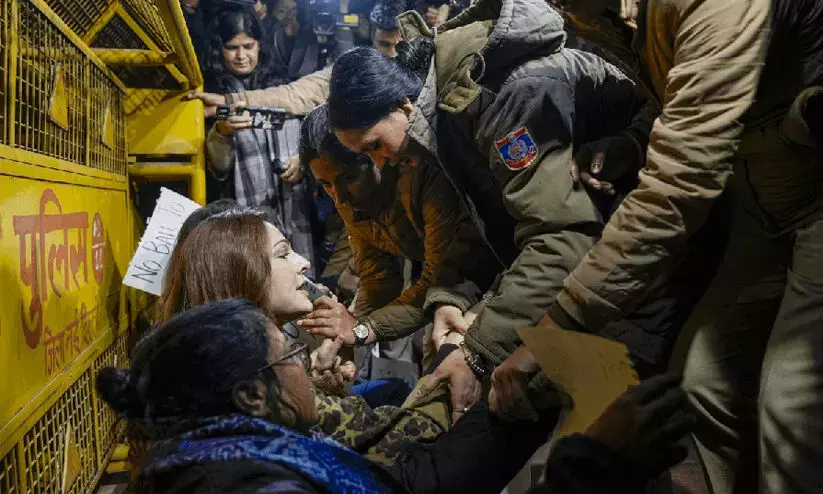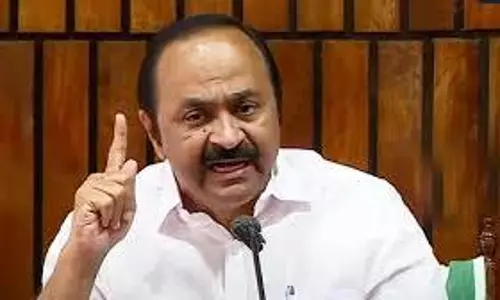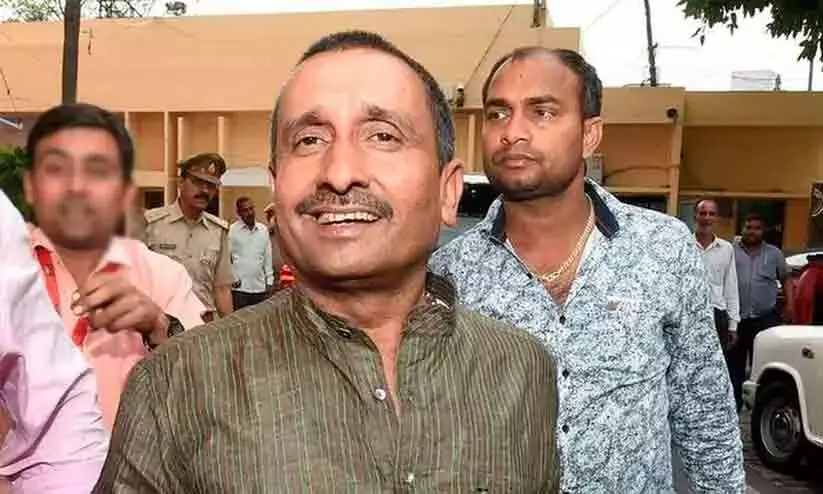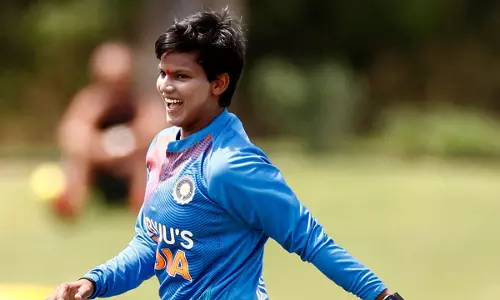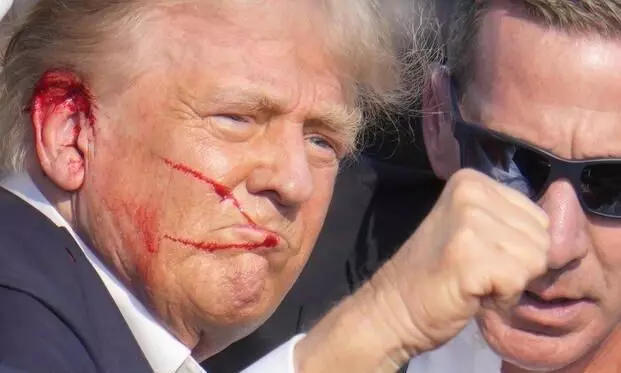
The grim history of gun violence against US politicians
text_fieldsThe recent attempted assassination of Donald Trump has brought the persistent danger faced by American political figures into sharp focus. Trump narrowly escaped death when a bullet grazed his right ear during a campaign rally in Pennsylvania on Saturday. This incident places Trump among a troubling lineage of U.S. presidents, former presidents, and presidential candidates who have been targeted by gunmen.
The United States, with its constitutional guarantee of the right to bear arms, has a long and disturbing history of political assassinations. Of the 45 individuals who have served as president, four were assassinated while in office. These tragic events have profoundly impacted the American psyche, given the near-mythic status of U.S. presidents and the nation’s role as a global superpower.
The assassinations of Abraham Lincoln in 1865 and John F. Kennedy in 1963 stand as key moments in U.S. history. Though less remembered, the killings of James Garfield in 1881 and William McKinley in 1901 also shook the nation deeply. It was after McKinley's assassination that the U.S. Secret Service was tasked with providing full-time protection to presidents.
The last American president to be shot was Ronald Reagan, who sustained serious injuries and required emergency surgery in 1981. Reagan was leaving a Washington hotel after a speech when a gunman fired shots from a .22-caliber pistol. A bullet ricocheted off the president’s limousine, hitting him under the left armpit. Reagan’s quick recovery and return to the White House after 12 days in the hospital were seen as remarkable.
Other presidents have faced attempts on their lives but were fortunate to escape unharmed. In 1933, a gunman fired at then-President-Elect Franklin D. Roosevelt, missing him but injuring the mayor of Chicago, who later died from his wounds. In September 1975, President Gerald Ford survived two assassination attempts in the same month. The first attempt, by a follower of Charles Manson, failed when the gun misfired. The second attempt, by a woman linked to radical groups, missed its target.
Presidential candidates have not been spared either. Senator Robert F. Kennedy was assassinated in 1968, and George Wallace was shot and left paralyzed in 1972. Former President Theodore Roosevelt was also targeted while campaigning to regain the White House in 1912. Despite being hit in the chest, Roosevelt continued with his campaign speech, showcasing remarkable resilience.
The violent year of 1968 also saw the assassination of Martin Luther King Jr., a figure of immense political influence despite not holding elected office. These high-profile killings underscore the persistent threat of gun violence against those in political power.
In a nation with more guns than people, and where firearms are readily accessible, it is unsurprising that shootings are the prevalent method of attempting to kill political figures. Most assassination attempts occur in public spaces, where candidates and politicians are exposed to large crowds. Despite security advisories, many politicians continue to engage with the public in ways that compromise their safety.
Trump's near-death experience serves as a stark reminder of the dangers that come with public service in the United States. His extraordinary fortune in escaping with only minor injuries underscores the ever-present risk faced by those who seek to lead the nation.





